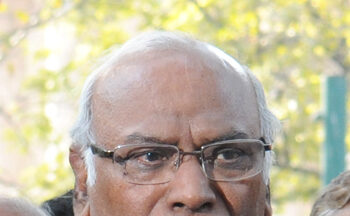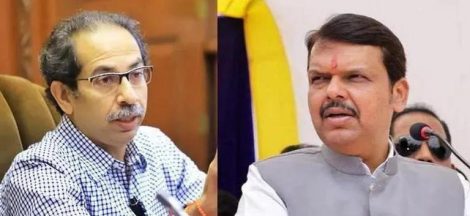The Indian government has chosen not to retaliate against the United States’ imposition of a 26% tariff on Indian imports, focusing instead on advancing ongoing trade negotiations with Washington. This strategic decision aims to position India favorably in securing a comprehensive trade deal by autumn 2025, distinguishing it from other Asian nations facing similar U.S. tariffs.
Prime Minister Narendra Modi’s administration has proactively engaged in measures to address U.S. concerns, including reducing tariffs on luxury American goods and eliminating the digital services tax. Additionally, India has expressed willingness to lower tariffs on approximately $23 billion worth of U.S. imports, demonstrating a commitment to fostering improved trade relations.
Despite the potential adverse effects of the U.S. tariffs on sectors such as diamond exports, which are heavily reliant on the American market, Indian officials maintain that the nation’s projected economic growth of 6.3% to 6.8% for the 2025/26 fiscal year remains attainable, provided oil prices stay below $70 per barrel. However, some private economists have expressed skepticism, adjusting their growth forecasts downward by 20 to 40 basis points.
The U.S. administration, under President Donald Trump, has implemented extensive tariffs on various countries, describing them as necessary “medicine” for economic reform. This approach has led to significant volatility in global financial markets and prompted retaliatory measures from affected nations, including China. In contrast, India, along with countries like Taiwan and Vietnam, has opted for diplomatic engagement over retaliation.
Over 50 countries have initiated discussions with the U.S. following the tariff announcements, seeking to negotiate terms and mitigate the impact on their economies. India’s decision to prioritize dialogue reflects a strategic effort to navigate the complex landscape of international trade relations and safeguard its economic interests.




 Mamata Banerjee Pledges Support for Teachers
Mamata Banerjee Pledges Support for Teachers 